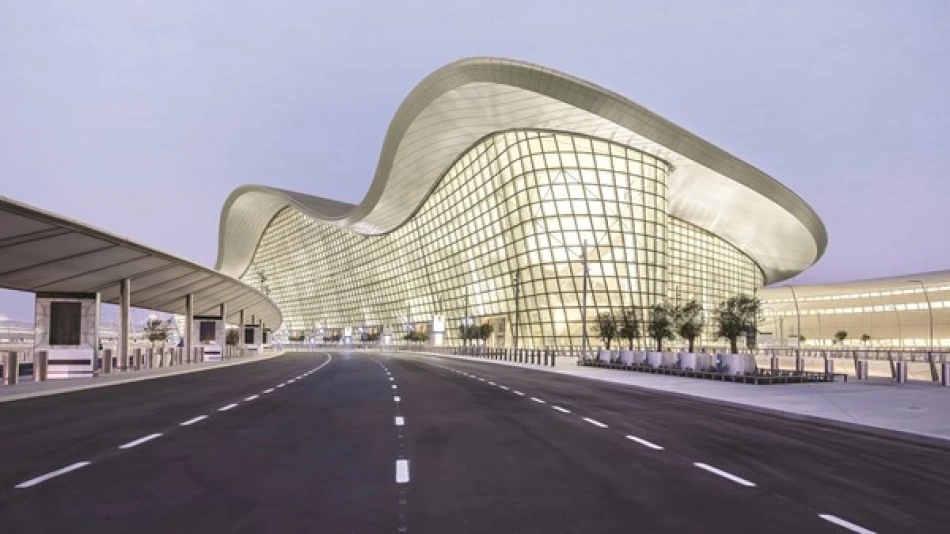
UAE Dominates Middle East Aviation Capacity in October
The UAE continues to dominate Middle Eastern aviation, capturing over 21% of the region's total flight capacity in October 2025. With 7.9 million scheduled seats—up 7.6% from last year—the Emirates maintains its year-long streak as the region's aviation leader, according to OAG International data.
The numbers tell a clear story about the UAE's aviation strength. Dubai International Airport alone accounts for 5.34 million seats in October, keeping its top regional spot with 5.3% growth. Abu Dhabi's Zayed International Airport ranks fifth regionally with 1.58 million seats, posting an 8% increase.
Across the Middle East, total aviation capacity reached 37 million seats in October, growing 5.9% year-over-year. The UAE's 21.35% regional share puts it well ahead of Saudi Arabia, which holds second place with 7.25 million seats despite posting stronger 9.4% growth.
Qatar rounds out the top three with 2.79 million seats, while Iran's capacity dropped sharply by 21.6% to 1.2 million seats. Jordan showed the strongest growth at 22.7%, though from a smaller base of 595,900 seats.
Emirates airline leads regional carriers with 3.36 million seats in October, up 6.1% from last year. But Etihad Airways posted the strongest growth among major carriers at 23.3%, reaching 1.3 million seats. Flydubai and Air Arabia also expanded capacity by 6.6% and 20.2% respectively.
These October figures build on strong first-half performance for UAE aviation. The country's airports handled 75.4 million passengers in the first six months of 2025, up 5% from the same period last year. UAE carriers launched routes to 15 new destinations across Europe, Asia, Africa, and the Middle East during this period.
For investors and aviation analysts, the data shows the UAE's continued ability to capture outsized market share in one of the world's fastest-growing aviation regions. The country's hub strategy, anchored by Dubai and Abu Dhabi airports, keeps attracting transit passengers even as regional competitors like Saudi Arabia invest heavily in their own aviation sectors.
The growth comes at a time when Middle Eastern aviation faces both opportunities and challenges. Rising oil prices support regional economies but also increase operational costs for airlines. Meanwhile, ongoing geopolitical tensions in parts of the region create route planning complications for carriers.
Most Viewed News

 Layla Al Mansoori
Layla Al Mansoori






